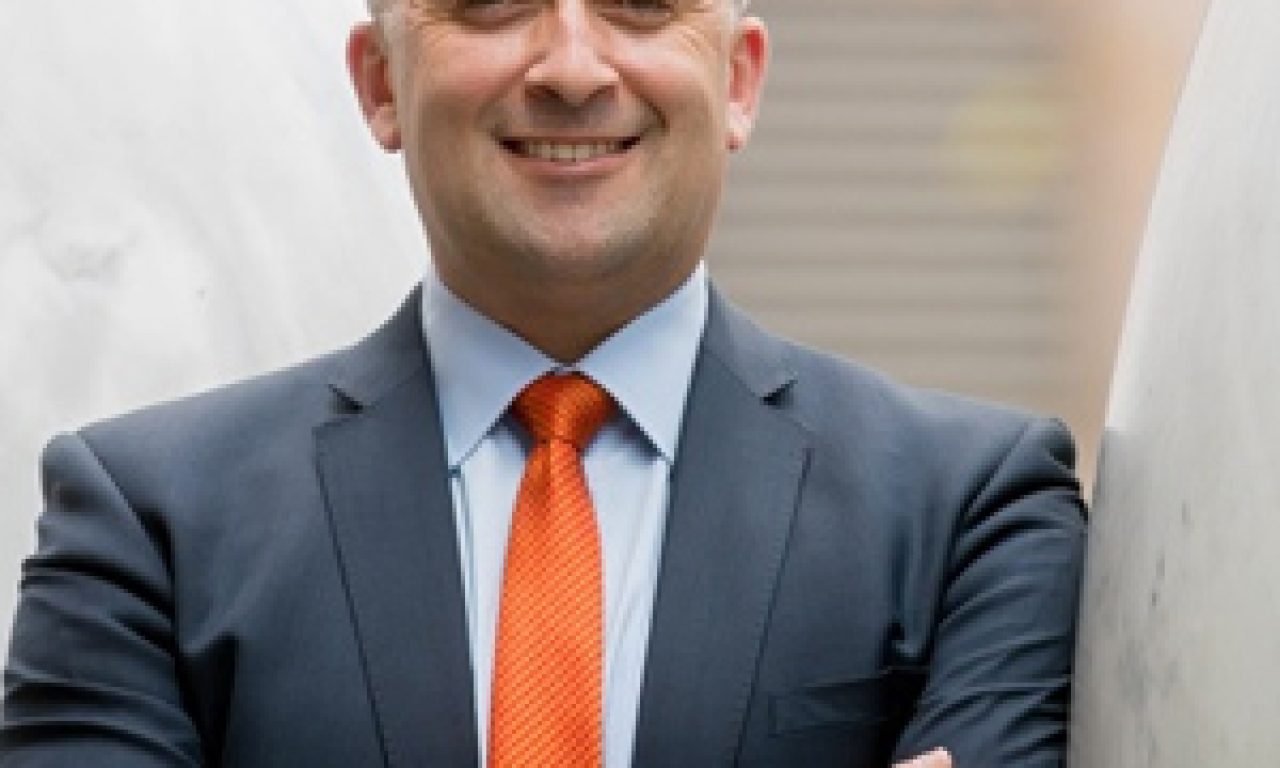For years, venture capital has struggled to attract the attention of big, mainly not-for-profit, super funds. Highly innovative venture-backed companies represent where the money is, at least in the unlisted space. There are several reasons for the struggle. But now, thanks to COVID-19, the world has changed. The big funds are, at last, getting interested in venture.
Yasser El-Ansary, the chief executive of the ‘Australian Investment Council’ (AIC), an association and lobby group for private capital investors, says there is a combination of issues around venture which provide challenges in raising money from big super funds.
Speaking last week, when the AIC held a virtual two-day conference (June 16 and 17), its ‘VC Industry Forum’, El-Ansary said: “The innovation ecosystem is a fundamentally important part of the economy. Everyone would accept now that the world is radically different to what it was a few years ago. In order to remain competitive you have expect some curve balls, and nurturing a strong innovation sector is the best strategy we have to deal with a constantly evolving economy.”
There are only two ways to grow an economy: population growth and productivity growth. Population growth is mainly about immigration, which is a political issue. Productivity growth is about wages, another political issue, and innovation. Innovation is where venture capital comes in. El-Ansary says there has never been a more important time for venture capital to shine than now, as the world tries to climb out of a severe recession.
“Australia should rightfully give itself a pat on the back for having one of the largest accumulated savings pools in the world,” he said. “But we’ll forever fall short of our full potential while we continue to view the superannuation system as a political football… By doing that, it doesn’t allow us, as a nation, to utilise our super system to create new markets, new businesses and new jobs…
“This is an important conversation to have,” he said. “I think superannuation is now our number one competitive advantage globally. I think it’s time to re-open a mature conversation about how we protect our super system from ongoing political interference so that it can be left to play the critically important role that it was setup to play 30 years ago.”
One of the issues that big super funds have in dealing with venture is the size of the investment required. A big fund cannot invest just a few million dollars in anything. It is just not worth the effort, and the constant focus on fees and costs means that even if the super fund wanted to invest smaller amounts, it will be impossible to manage that because of limited internal resources. This is a problem which impact investing and local hedge funds also have. Until now, super funds have put the onus onto the managers or investee companies to adapt to their world. Perhaps the super funds should adapt instead.
El-Ansary said that he understood that putting large amounts of money to work quickly was easier done with bigger private capital funds offshore. But, he said, there were signs of this “rebalancing” at the moment. “I hope that the momentum around this continues to build… All the indicators are suggesting that some large funds are actively looking for ways to support the growth of the innovation and mid-market business sectors in the years ahead… that’s where the economic dividend of new jobs and income growth will come from. But from a sheer volume and capacity perspective, it means that there will constantly be a need for a large proportion of funds be absorbed offshore, as part of a diversified domestic and global strategy.”
There is a handful of big funds, such as First State Super, and corporations, such as NAB, Mirvac, Westpac and CSL, which have committed to invest in Australian venture by establishing their corporate venture funds in the past few years. They have gone out of their way to seek out and implement venture strategies; not the other way around.
– G.B.

